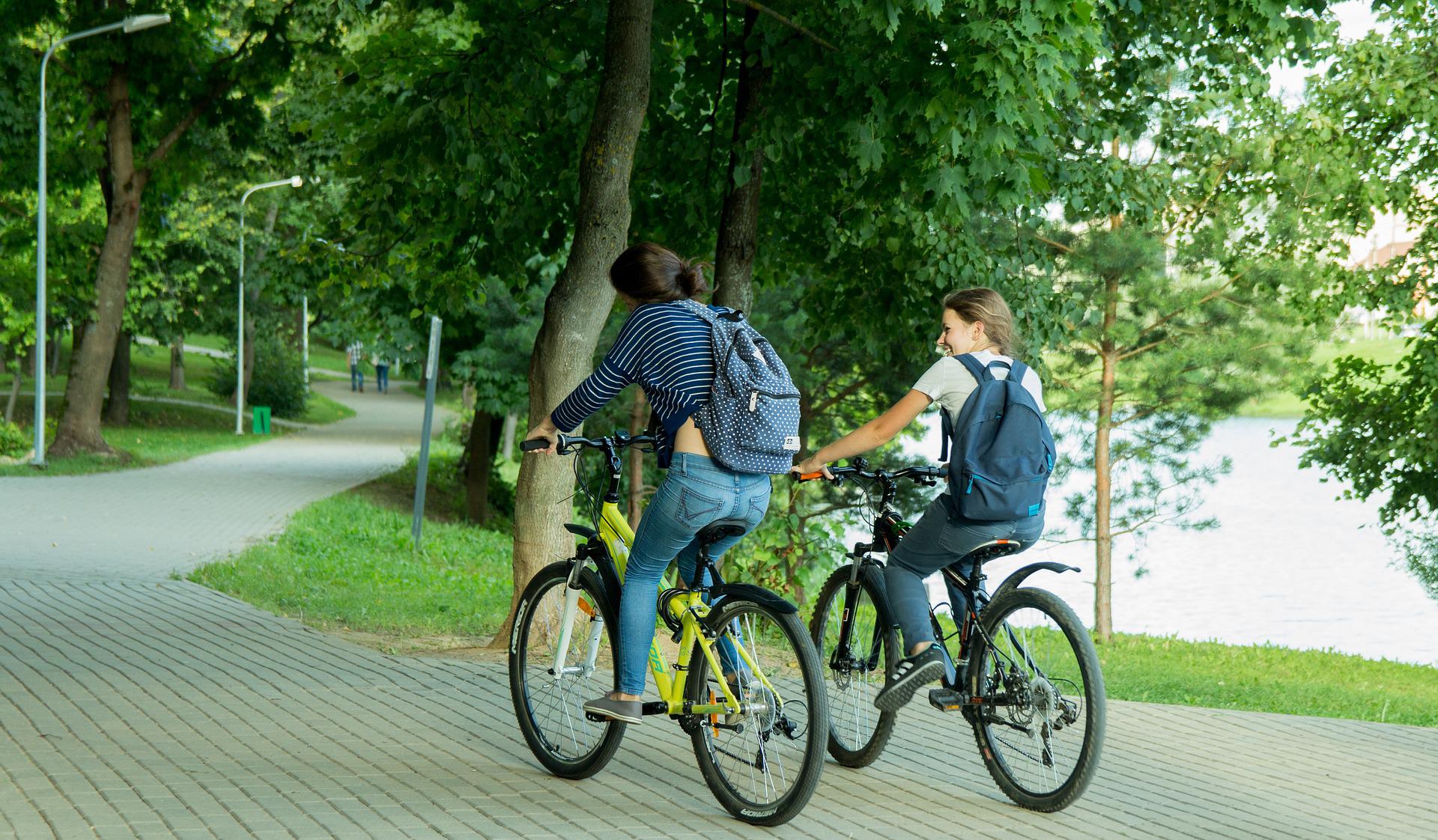
IESE Insight
Setting the Wheels in Motion for Sustainable Transportation
Transportation is crucial for cities on the move, but rapid urban growth is multiplying challenges and driving up emissions along the way. How can urban environments rise to the occasion, sustainably? The book Cities and Mobility & Transportation aims to help with smart transit strategies from around the globe, as part of the "IESE Cities in Motion: International Urban Best Practices" series.
In cities, mobility is crucial. Ensuring the distribution of people, goods and services, transportation is essential to cities' social and economic development.
As cities grow, the demand for mobility escalates. This stresses existing urban transport systems and infrastructures, exacerbates widespread traffic, and increases road accidents and fatalities. It also increases greenhouse gas emissions and other pollution, causing serious health concerns and grave environmental repercussions.
How can current systems cope with the rising demand for urban mobility? How can legislators and city planners around the world develop strategies to enhance sustainable, integrated urban transportation systems? In short, what is the future of urban mobility?
Cities and Mobility and Transportation aims to answer these questions. Part of a new series called "IESE Cities in Motion: International Urban Best Practices" by Professors Pascual Berrone and Joan Enric Ricart and researcher Ana Isabel Duch T-Figueras, the book:
- Analyzes the main urban mobility and transportation trends and challenges.
- Compiles international best practices on sustainable urban mobility.
- Serves as a tool to help city managers and policymakers solve urban mobility challenges and improve accessibility for the benefit of all.
Four Levers for Sustainable Urban Mobility
The IESE Cities in Motion book series defines a framework for analyzing how cities can enact groundbreaking transformations using four main levers of change: technology, public policy, consumer behavior and infrastructure design.
1. New applied technologies and innovations are playing a critical role in delivering urban mobility solutions. For example, smartphones and mobility apps are facilitating on-demand services and increasing choices: users can use their phones to check traffic conditions, plan routes or simply see when their bus is coming.
"Smart parking programs" provide another example. Although "parking" might seem odd in a discussion of mobility, the issue is, in fact, critical: up to 30 percent of drivers in smog-breeding downtown traffic are in search of a spot to stop.
San Francisco's SFpark program counters this problem by using smart parking meters to collect and distribute real-time information about available parking spaces. Drivers can use their phones to access this information and even to "feed the meters," which adapt pricing to meet demand. As a result of the program, parking time fell nearly by half, greenhouse gas emissions by a third, and, remarkably, even meter prices fell slightly. The takeaway: with smart transportation solutions, everybody wins.
2. Policies, legislations and regulations can make an impact by incentivizing mass transit options, creating new alternatives and/or regulating the use of cars.
Stockholm provides a clear success story. In 2006 the Swedish capital decided to fight rush-hour smog by charging vehicles entering or leaving the inner city. As a result, greenhouse gas emissions fell 10-14 percent, traffic was reduced by up to 50 percent and transportation fatalities continue to drop, falling nearly 60 percent between 2011 and 2013 alone. Through its combined sustainable transportation initiatives, Stockholm achieved a total greenhouse-gas-emission drop of 25-35 percent -- while the economy grew by 41 percent.
3. Change in people's behavior and preferences. Increasingly conscious of the environmental impact of their choices, people are changing their mobility preferences. The availability of a wider range of choices is also changing the way that people get around.
This is illustrated by the recent surge in bike-sharing programs, which have grown to include more than one million bicycles globally. The Chinese city of Hangzhou, home to some eight million people, operates the world's second-largest program. Hangzhou's 65,000+ bikes complete around a quarter of a million trips per day, attracting commuters, car-owners and public-transport-users alike. Emissions have dropped and the system enjoys the highest satisfaction rate of all the city's development projects: 80 percent. Once again, a win-win.
4. Infrastructure and urban planning are clearly key in shaping cities' mobility systems, since the way cities are designed will help determine what kind of transport will be used. For example, sprawling cities may opt for a Bus Rapid Transit (BRT) system as a cost-effective alternative to digging metro tunnels or installing light rail.
Pioneered in 1974 by forward-thinking urban planners in Curitiba, Brazil, BRT systems serve as a kind of surface subway, with high-level planning for efficiency. As of June 2016, BRT systems spread to service 204 cities across six continents, transporting around 33 million passengers every day.
Johannesburg's BRT system, founded in 2009 on occasion of the FIFA World Cup, transports between 40,000-60,000 passengers per day. As well as reducing annual greenhouse gas emissions by 40,000 metric tons, the system is estimated to be delivering economic returns of close to $900 million. Furthermore, the BRT has significantly increased access to underserved areas -- a vital task in a city still living under the legacy of apartheid.
At the end of the day, better connected -- and more accessible -- cities increase people's wellbeing. The alternative? If left unchecked, current emissions patterns will lead to widespread devastation.
However, the authors are optimistic. They note that current trends in mobility and transportation indicate an important paradigm shift which, if driven by considerable political vision, strategic thinking, and investments, promises to deliver significant improvements. Now it's time to set those wheels in motion.
